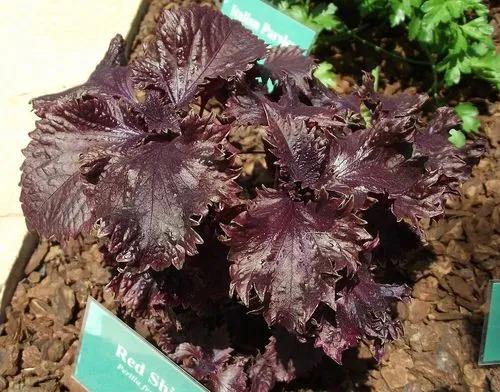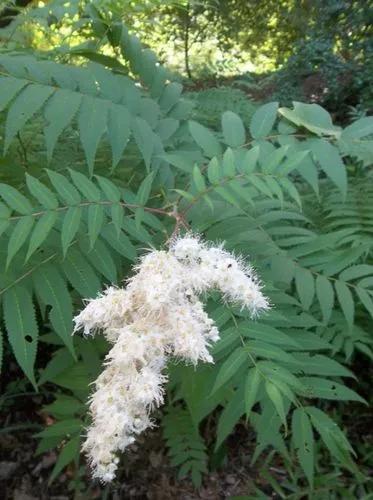Camassia is a genus of plants in the asparagus family native to North America. Common names include camas, quamash, Indian hyacinth, camash, and wild hyacinth. It grows in the wild in great numbers in moist meadows. They are perennial plants with basal linear leaves measuring 8 to 32 inches (20 to 81 cm) in length, which emerge early in the spring. They grow to a height of 12 to 50 inches (30 to 127 cm), with a multi-flowered stem rising above the main plant in summer. The six-petaled flowers vary in color from pale lilac or white to deep purple or blue-violet. Camas can appear to color entire meadows when in flower.
Wild Hyacinth Care
Camassia scilloides
Other names: Atlantic Camas



Camassia species were an important food staple for Indigenous peoples and settlers in parts of the American Old West. While Camassia species are edible and nutritious, the white-flowered deathcamas species (which are not in the genus Camassia but in a number of genera in the tribe Melanthieae) that grow in the same areas are toxic, and the bulbs are quite similar in appearance. It is easiest to tell the plants apart when they are in flower.
How to Care for the Plant

Pruning

After your hyacinths have finished flowering, remove the blooms, but don't remove the foliage. The bulbs need their leaves to gather energy for next year's blooms. At the end of the spring season, the foliage will die back naturally. Remove when the leaves have turned brown to help prevent fungal diseases.

Fertilizer

Fertilize with 5 tbsp. of 10-10-10 soluble feed per 10 square feet in spring once the first hyacinth shoots emerge. Apply the spring fertilization before the hyacinths begin to produce flower buds. Alternatively, spread 1 inch of compost over the bed instead of using a chemical fertilizer.

Sunlight

Perfect for sun or light shade, they're also good in containers and as cut flowers.

Soil

Wild Hyacinth is a perennial wildflower often found in moist meadows, stream banks, or open woods. It is best grown from bulbs planted in moist, fertile, acidic, humusy, well-drained soils and allowed to grow in full sun to part shade.

Temperature

They must have cold temperatures of 40 to 45°F for at least 12 to 14 weeks. If temperatures in your area do not get this cold, you'll need to pre-chill the bulbs in a refrigerator before planting them outdoors.

Additional

CAUTION: wild hyacinth bulbs and leaves look similar to those of the white-flowered death camas (Toxicoscordion nuttallii), a highly poisonous native plant. Wild hyacinth is a tall perennial plant in the lily family, growing to 70 centimetres in height. It produces spectacular pale blue or white six parted star-shaped flowers with conspicuous yellow anthers. The flowers grow in loose spike-like clusters. Several linear leaves emerge from the base of the plant.

Popularity

12 people already have this plant 7 people have added this plant to their wishlists
Discover more plants with the list below
Popular articles






